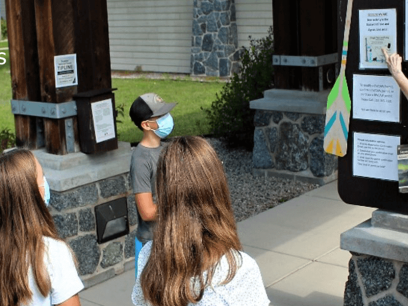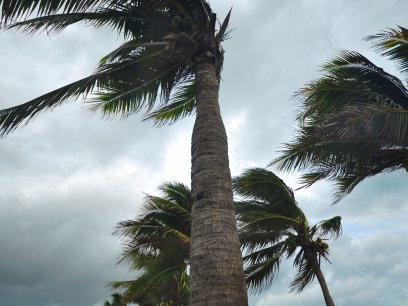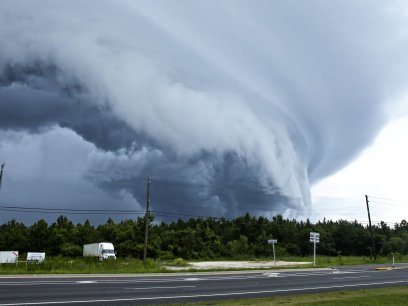
Have you thanked a pollinator today? If you've taken a bite of apple, enjoyed a piece of chocolate, sat in the shade of a tree, or stopped to smell the flowers, you've benefited from pollination!
According to the Pollinator Partnership, between 75-95% of all flowering plants depend on pollinators—hummingbirds, bats, beetles, bees, ants, wasps, moths, butterflies, and other small animals that help plants reproduce by transporting pollen within a flower or between flowers, resulting in healthy fruits and fertile seeds. Pollinators are keystone species; this means that many other species of plants and animals rely on creatures for their own survival. Humans are part of this pollinator-dependent group—for instance, some of the foods grown in the United States such as alfalfa, apples, blueberries, and strawberries rely on honey bees and native bees for pollination. When these animal pollinator populations are healthy, it can lead to larger fruit and better quality yield from plants, increasing agricultural production and improving the food source for many other wildlife species. Despite this important work, many pollinator populations are in decline due to loss of habitat for feeding and nesting. Pesticides, disease, and climate change can also harm pollinator populations or force them to move to different areas.
The good news is that YOU can help by creating pollinator-friendly habitat. Use this activity guide to learn about the pollinators where you live, find out which plants they depend on, and create pollinator-friendly habitat.
Take a Pollinator Walk
Take a walk around your backyard, schoolyard, or neighborhood. Look closely at the trees, shrubs, plants, flowers—even small patches of grass. Snap photos or sketch the insects and animals you spot, and use the websites below to help you identify your local pollinators.
- US Forest Service Animal Pollination Guides: Learn about types of pollinators and the plants they visit.
- US Forest Service Pollinator of the Month: Learn about the relationships between various pollinators and the plants they pollinate.
Investigate Native Plants
Native plants are adapted to local climate, soil, and pollinator species. Healthy pollinator populations depend on native plants for food, habitat, and nesting. Research native plants where you live. If you were planting a garden for the pollinators you found in your backyard, schoolyard, or neighborhood, which plants would you choose? Use the guides below to help you plan your garden.
- Pollinator Partnership Planting Guides: Regional guides to pollinator-friendly plants.
- Lady Bird Johnson Wildflower Center Native Plant Guides: Search native plant species by location, value to insects, and other features.
- Bee Smart Pollinator App: Enter your zip code for local planting guides. The app is free for Android and iOS.
- US Forest Service Pollinator Syndromes: Plants and pollinators have physical characteristics, or syndromes, that make them a good match. Use this chart to learn which flower traits attract different types of pollinators.
Create a Place for Pollinators
Use the information you collected about local pollinators and native plants to create pollinator habitat. There are projects you can do whether you have lots of outdoor space or just a little.
- Build a pollinator garden in seven steps.
- Create a container garden by growing plants in pots on a small patio or balcony.
- Provide nesting space for bees by crafting a bee condo to hang on a post or the side of a building.
No space? No problem! Put your observation skills to work. Join Bumble Bee Watch to help scientists track North American bee populations. Or, report monarch butterfly sightings to help scientists track their migration.


